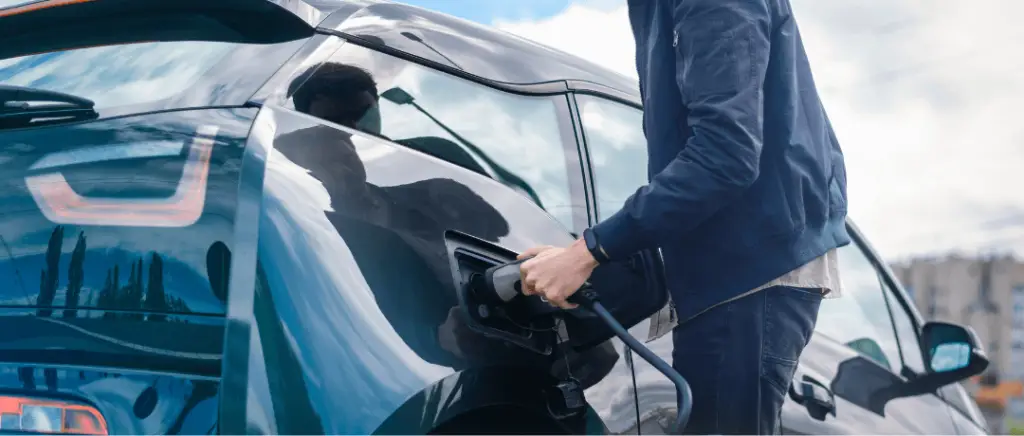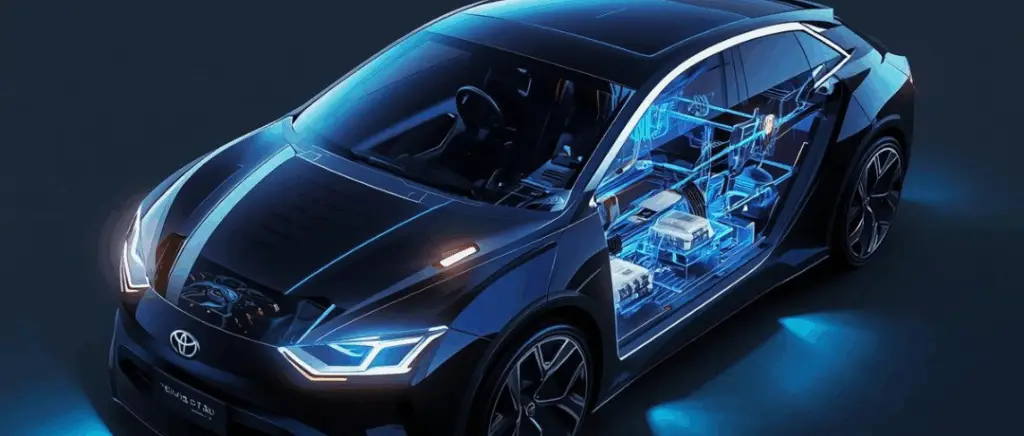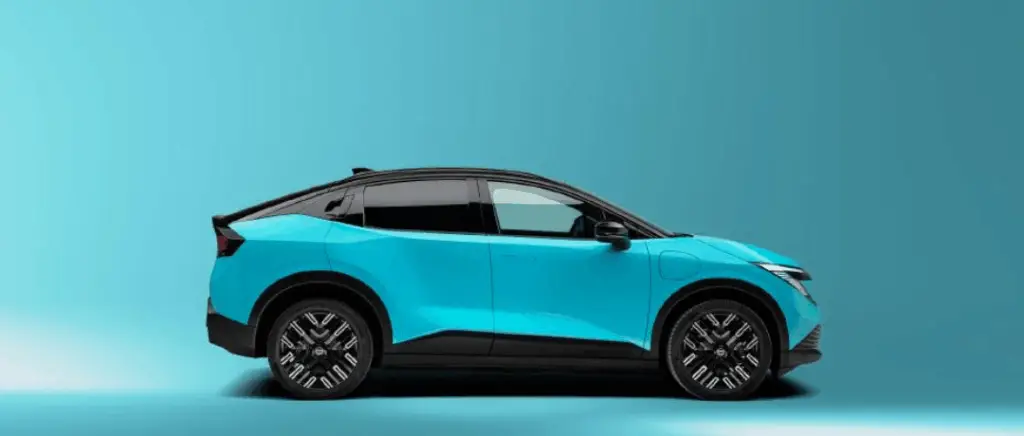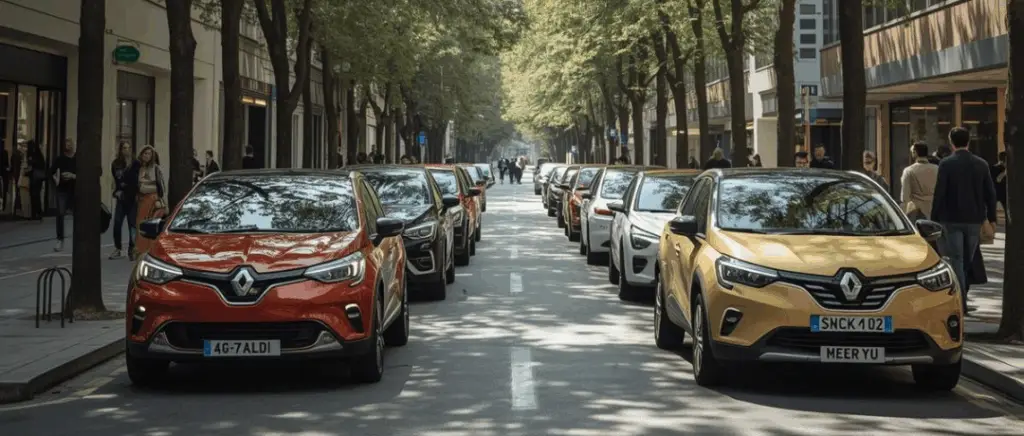Monday to Friday
9am - 12.30pm - 2pm - 7pm
Why are there different standards for calculatingautonomy an electric car?
If there are a multitude of standards for defining the range of electric vehicles, it's primarily to take account of the different characteristics of the vehicle. geographical and usage disparities.
The concern is that standards are being created to compare cars fairly, but they are not being applied. vary according to the period and region of the world. Indeed, it is difficult to establish a universal global standard, given that the road traffic and its various specific features around the world are very different from one another. For example, American standards take account of the higher speed limits and more frequent stretches of motorway in the United States, while the WLTP standard takes into account a wider range of driving situations, including city traffic.
Standards in force around the world for estimating the range of an electric vehicle
Rigorous standards have been put in place around the world to ensure accurate and comparable measurements of electric vehicle range, providing consumers with a reliable basis for their purchasing decisions.
But what about it?
The WLTP cycle: the European standard
The procedure WLTPor Worldwide harmonized Light vehicles Test Procedures, is a worldwide harmonised test for light vehicles. Although it claims to be "global" in scope, it has mainly been adopted in Europe. This type-approval procedure assesses a vehicle's fuel consumption, pollutant emissions and the range of electric vehicles. The WLTP cycle includes urban, extra-urban and mixed traffic.
Implemented since September 2017, it has become compulsory for all new vehicles in September 2018This replaces the NEDC standard, which is over 50 years old and was last updated in 1996.
From now on, the latter is compulsory for all new registrations from 1ᵉʳ September 2018.. Gradually, it will become the type-approval standard for all vehicles on the market, everywhere in the world.
💡Did you know? The WLTP cycle is used for both electric and internal combustion vehicles to assess their fuel consumption, CO₂ emissions and pollutant discharges.
The WLTP cycle is presented as a good more realistic than the NEDC cyclein particular thanks to :
- its new methods for calculating energy consumption
- emissions and CO₂ emissions estimated to be more representative of everyday conditions of use.
The WLTP method takes into account the different options offered by certain vehicle models, which can influence the weight and performance of electric vehicles.
Fixed on rollers for 30 minutesthe vehicle covers a distance of 23 km simulating real-life driving conditions:
| Cycle d'homologation WLTP | |
|---|---|
Vehicle downtime | Frequent stops 12.5% of time |
Temperature change | Temperature variations from 14°C to 23°C |
Average speed | Average speed of 46.5 km/h |
Maximum speed | Reaching a maximum of 131.1 km/h |
Driving phases | 4 pre-calculated gearshift phases (low, medium, high and ultra-high) |
Mixed cycle on the road | A mix of urban (52%) and non-urban (48%) driving |
💡Good to knowIn addition to the WLTP standard, the RDE test (Real Driving Emissions) test has been made compulsory. This test takes into account a range of situations likely to occur during your journeys: weather, terrain, vehicle load, driving style and type of roads travelled.
In short, the WLTP cycle is precise, but it reflects a "standard" journeyi.e. :
- flat road,
- moderate speed,
- mild weather conditions.
This explains whyWLTP range is rarely identical to actual range. According to estimates, this cycle will last on average 23 % too optimistic in relation to reality. Unless you only drive in town, adopting the best eco-driving practices.
To consult : Eco-driving: what is it and how do you do it?
The NEDC cycle: the old standard dethroned by WLTP
Le NEDC (New European Driving Cycle) has been used in Europe from 1973 à 2017. Created at a time when vehicles and traffic conditions were very different, it is now obsolete and replaced by WLTP.
Gradually, the gap between the NEDC cycle and new vehicles widened, to the point where it was almost necessary to double some of the data supplied to obtain a more realistic value.
To take this measurement, the vehicle had to have already covered more than 3,000 km and be in running order, i.e. with full tanks and a driver weighing 75 kg.
Fixed on rollers for 20 minutesthe vehicle covers a distance of 11 km simulating real-life driving conditions:
| Cycle d'homologation NEDC | |
|---|---|
Vehicle downtime | Frequent stops 25% of time |
Vehicle weight | Special equipment and air conditioning not included |
Average speed | Average speed of 34 km/h |
Maximum speed | Reaching a maximum of 120 km/h |
Mixed cycle on the road | 2 gear change phases: 13 minutes for urban driving and 7 minutes for rural driving |
As you know, the less acceleration and long periods at steady speed do do not correspond to current driving conditions. To illustrate this point, some electric vehicles accelerate from 0 to 50 km/h in 26 seconds, whereas an electric vehicle can go from 0 to 50 km/h in just 10 seconds. electric city car can do it in 4 seconds.
As a result, the impacts of the switch from NEDC to WLTP are notable. According to a study by Jato published in August 2018 consumption and emissions values increase by an average of 9.6 g/km of CO₂ with the transition from NEDC to WLTP. But that's not all: it can be as much as 18,3 % for luxury cars.
Naturally, these figures are still lower than the actual emissions estimated outside the homologation cycles, which are often approximately 40 % higher on average.
The CLTC cycle: the Made in China cycle
The cycle CLTC (China Light Duty Vehicle Test Cycle) is the type-approval standard used in China, and is intended to replace the NEDC cycle.
Each phase is specifically designed to reflect real-life driving conditions in Chinato obtain results that are more representative of vehicle fuel consumption and emissions in a variety of situations.
Through this new site, the company has sought to establish a new test standard incorporating :
- local roads,
- traffic conditions,
- and driving habits in China.
The CLTC cycle consists of 3 phases:
- slow driving (consisting of 7 journeys),
- average driving (consisting of 3 journeys),
- and fast driving (consisting of just one journey).
In all, the process takes 30 minutes, with an average speed of 28.96 km/h and a top speed of 114 km/h.
Worth notingThe CLTC standard is generally more optimistic than the WLTP cycle (ranges 15 to 25 % higher).

The American standard EPA
In the United States, theEPA (Environmental Protection Agency) is renowned for its strict tests. It distinguishes between urban and motorway driving, providing estimates that are often more accurate.
The EPA standard is often considered stricter than the NEDC cycleWLTP, with average vehicle consumption around 20 % higher. Compared with WLTP, EPA estimates are on average 11 % lower.
The EPA test includes 2 main cycles: urban (lasting 31 minutes) and motorway (13 minutes) with a maximum speed of 100 km/h. Each cycle reproduces specific conditions, such as :
- city traffic jams,
- and long motorway journeys.
But that's not all: the tests include hot and cold starts, as well as various climatic conditions to represent realistic scenarios.
Summary table of standards in force for estimating the range of an electric vehicle
| Standard | Region | Key features | Test duration | Average speed | Max. speed |
|---|---|---|---|---|---|
| WLTP | Europe | - 4 driving phases - Urban/extra-urban mix - Taking options into account | 30 minutes | 46.5 km/h | 131.1 km/h |
| NEDC (obsolete) | Europe (until 2017) | - 2 driving phases - Less realistic - Does not include equipment | 20 min | 34 km/h | 120 km/h |
| CLTC | China | - 3 driving phases - Adapted to Chinese conditions - More optimistic than WLTP | 30 minutes | 28.96 km/h | 114 km/h |
| EPA | United States | - Urban and motorway cycles - Cold and hot testing - Considered stricter | 44 min | Not specified | 100 km/h |
Which standard is closest to reality?
WLTP is currently the standard most representative of driving conditions in Europe.
Indeed, the The WLTP standard is frequently criticised for its unrealistic test conditions.. The WLTP proposes a more dynamic and diversified test cycle, taking into account variations in speed, frequent stops and different driving conditions. This approach provides an estimate that is closer to real-life conditions in Europe.
However, for even greater rigour, the The US EPA standard is usually cited as the most reliable.. The EPA standard uses separate urban and motorway driving cycles, with simulated hot and cold stops and various climatic conditions. The EPA results tend to be more conservative, providing a more accurate picture of the car's performance. a more precise and often more realistic vision the range of electric vehicles.
Conclusion
In conclusion, understanding the different standards used to assess the range of electric vehicles is essential for consumers who want to choose the vehicle that best suits their needs.
As he rightly points out SkodaThe fuel consumption and range data provided by car manufacturers and observed in the standard cycle differ from those obtained in practice".
We have explored standards such as WLTP, NEDC, CLTC and EPA, each with its own advantages and limitations. While the WLTP is closer to real-life driving conditionsother standards such asIt is also important to consider the US EPA for a full assessment.
Choosing an electric vehicle means taking a gamble on eco-driving and practicality. But with range still seen as a barrier by some, it's important to base your decision on reliable information.
For a more accurate estimate of the autonomy you'll need on a daily basis, take a look at our following articles:
Electric car battery autonomy: where do we stand?
Top 10 electric cars with the best range in 2024
By taking into account your driving habits and adopting a few eco-gestures, you can take full advantage of your electric car's potential!
You would like toto electric?
Beev offers multi-brand 100% electric vehicles at the best prices, as well as recharging solutions.
































